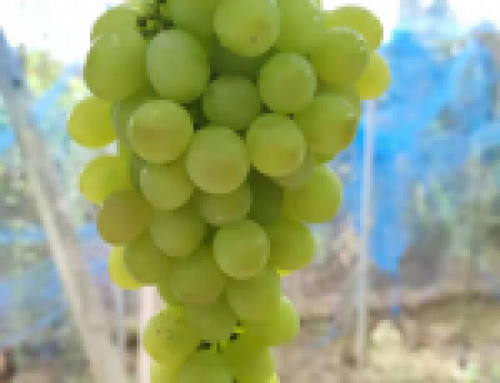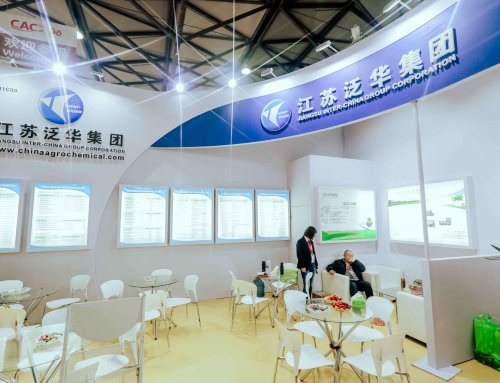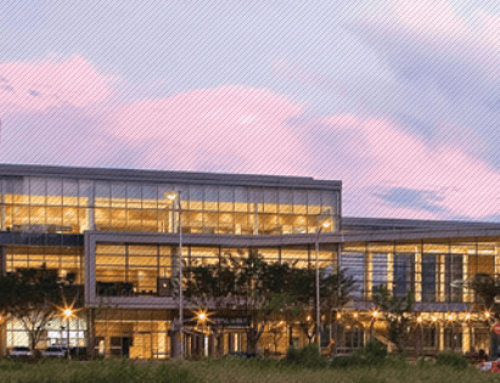Grape is a kind of common fruit which is widely planted all over the world. However, in the process of cultivation, there is a wide variety of diseases and insect pests that leads to the decrease of grape yield. Therefore, the control of grape diseases and pests is particularly important.
1.4 White rot
White rot mainly damages ears, cobs, fruits, branches and leaves. Light brown spots with indistinct margins in watery lesion are produced on cobs and fruit stalks, then the cortex of the diseased part rots with a scent of earth. Hand twist can easily separate cobs from the xylem and make it fall off. The disease mostly starts from the fruit stem and spreads rapidly throughout the whole fruit, showing light brown soft rot. In severe cases, the whole ear rots, and the diseased fruit can be easily shaked off, so the orchard ground with serious disease will be covered with diseased fruits.
Characteristics of disease occurrence: The disease is mainly spread by wind, rain and insects. The climate is closely related to the severity of the disease. Summer is hot and rainy, especially the overcast and rainy weather is easy to cause disease prevalence. The disease in orchard with low-lying terrain, poor drainage, extensive management and overgrown weeds is serious.
Prevention and control measures
① Clear the fallen leaves and bury the diseased branches deeply. Strengthen the management of orchards, increase the application of organic fertilizers, enhance tree vigor, and improve disease resistance. Carry out drainage, reduce the humidity in the field, and reduce the impact of disease.
② Chemical control: Mancozeb 80% WP can be used to prevent before the disease occurs. After the disease occurs, Boscalid 25.2% + Pyraclostrobin 12.8% SC and Azoxystrobin 250g/L SC can be used.
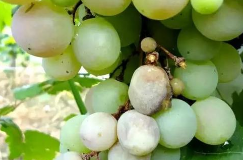
1.5 Anthracnose
Anthracnose is one of the main diseases that cause grape fruit rot in the near ripening stage. It mainly damages fruit, causing fruit to rot. In severe cases, branches and leaves can also be harmed. When the fruit is about to mature, light brown or purple spots in watery lesion appear on the surface of the fruit, which are round or irregularly shaped, then gradually expand, turn brown or dark brown, rotted and sunken. When the climate is humid, orange-red conidia clusters may also grow on the disease spots.
Characteristics of disease occurrence: The mycelium of pathogen overwinters on the epidermal tissues of annual branches and diseased fruits, and can also overwinters in leaf scars, ear stalks and node buds. In next summer, when the temperature and humidity are suitable, the conidia produced by the overwintering pathogens begin to invade in the young tissues. Grape ripening period is the peak for anthracnose infection. The higher the maturity, the shorter the incubation period, the more serious the disease will be.
Prevention and control measures
① Completely clear diseased ears, vines and leaves to reduce the source of pathogens.
② Chemical control: Mancozeb 80% WP or Chlorothalonil 75% WP can be used to prevent before the disease occurs. After the disease occurs, Azoxystrobin 200g/L + Difenoconazole 125 g/L SC can be used.
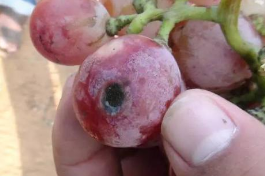
1.6 Powdery mildew
Powdery mildew mainly damages the leaves, fruits and vines of grapes. White or chlorotic spots appear on the leaf surface or the back of the grapes during the leaf development stage, the disease spots gradually expand, and pink-white mildew spots grow on the surface, which can severely spread over the whole leaf, until the leaves curl or wither. Black awn-like pattern appears on the infected fruits, covered with a layer of white powder, and the skin of the diseased part becomes purple-brown to gray-black, resulting in fruit harden, cracking and falling off.
Characteristics of disease occurrence:
Grape powdery mildew is different from most fungi, which is the most drought-tolerant fungus. Although higher humidity is conducive to the germination of conidia and the growth of hyphae, the conidia can also germinate under dry conditions with humidity lower than 8%. A climate with arid condition in grape growing areas is favorable for the occurrence and prevalence of powdery mildew.
Prevention and control measures
① Completely clear diseased ears, vines and leaves to reduce the source of pathogens.
② Chemical control: Mancozeb 80% WP or sulfur can be used to prevent before the disease occurs.
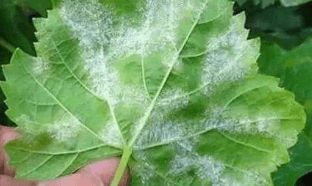
Pls mail to tom@deanpestcontrol.com
PLEASE MAIL TO US FREELY


